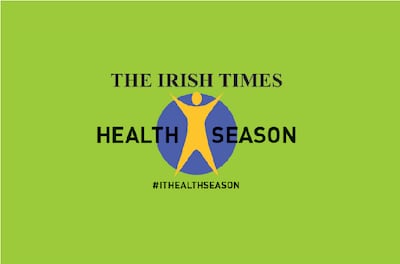
Eddie recently had two stents when his cardiologist surprised him by referring him for a clinical exercise programme. He was diagnosed with Type 2 diabetes (T2D) six months ago, his diet was poor and he had gained a lot of weight in the last couple years.
He had constant lower back pain, disturbed sleep and an arthritic right hip that was causing him lots of trouble. He was taking 12 tablets per day, feeling every bit of his 77 years and couldn’t fathom why he should start an exercise programme. In truth, Eddie is an ideal candidate for exercise. But firstly he needs to understand why.
Eddie's only form of exercise in recent years has been an occasional stroll along the pier. He enjoys getting out in nature and loves looking at the sea. In reality, he also chose the pier because the benches were evenly spaced about 30m apart and that is all he could manage without becoming breathless and fatigued. He also felt a little unsteady on his feet but didn't want to get a walking stick so he just slowed his walking a little to compensate for feeling 'a bit wobbly'.
Vicious cycle
There are many things happening here for Eddie that are contributing to a vicious cycle. Firstly Eddie’s age and lifestyle means that despite his overall weight gain he has most likely lost 10-15 per cent of all his lean muscle mass in his 70s so far. Therefore the weight gain is almost exclusively fat – mainly around his waistline and has caused real issues for his metabolism, resulting in the T2D diagnosis. He was already moving slowly because of the arthritic hip and lower back pain, but the weight gain has exacerbated this further. The additional medications have caused some dizziness as a side effect and his walking has slowed in order to avoid a fall. As a result, he is getting no meaningful exertion to help manage his fitness. His heart and lungs are weakening as a result and overall he is feeling fairly miserable. Eddie needs to build or at least maintain his current levels of lean muscle.
This can be achieved through strength training. If consistent (for a minimum of twice weekly for six weeks) he will improve his leg strength. This can also help reduce his blood sugar levels, as resistance training can have a positive impact on how the body deals with excess glycogen. In time this additional strength may improve his balance and walking. From a cardiovascular point of view he has the all clear from his cardiologist to gradually increase aerobic exertion levels in a supervised clinical setting. This will help his heart and lungs improve. Lower partial impact aerobic training will alleviate the aggravation in his hip while he regains fitness. And if he can manage to rein in his diet somewhat the combination of these lifestyle changes ought to make a big impact.
Eddie’s progress
Once Eddie understood the logic of this process he was willing to give the exercise programme a go. We initially set target heart rate zones for him based on a measure of his cardiorespiratory fitness known as a Vo2max test. We monitored his heart rate during all exercise sessions and within four weeks Eddie was successfully completing 75 minutes (per week) of aerobic activity in his targeted heart rate zones. He took huge motivation from this as he was starting to notice early and positive changes – reduced breathlessness, less fatigue, less back pain and better sleep. Emboldened by the progress, Eddie graduated to a supervised weight training programme which worked on strengthening the major leg muscles around the hip and lower back. He performed two strength sessions per week for a further six weeks alongside his aerobic work. By week 12 Eddie was 6kg lighter and feeling like a new man.
His blood sugar profile had improved as a result of the weight loss and his GP reduced the dosage of his diabetic medication. He stopped taking the painkillers and anti-inflammatories for his hip and lower back and his sleep was now much improved. He only took a sleeping tablet as required now (which was far less often). When Eddie completed his six-month review with his cardiologist he was down 8kg in weight and had reduced his medication from 12 daily tablets to seven. He was walking the entire pier pain free and without stopping for rest periods on those ‘rescue’ benches. At 77 he is a new man and has never felt better.
He is now a passionate advocate for exercise being a key part of medical treatment plans!
The benefits of exercise with . . .
. . . prostate cancer
. . . atrial fibrillation
. . . ulcerative colitis
. . . Parkinson's
. . . Type 2 diabetes










